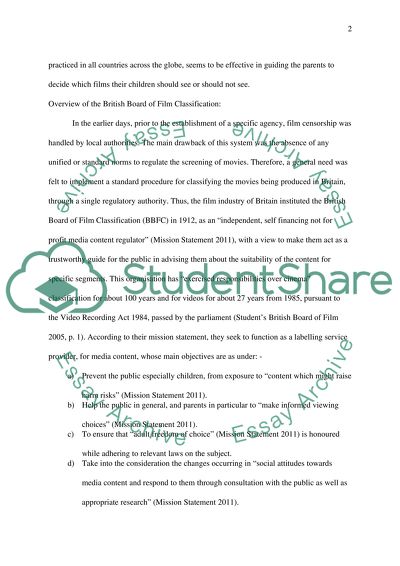Cite this document
(“The significance of British Board of Film Classification in British Essay”, n.d.)
Retrieved from https://studentshare.org/visual-arts-film-studies/1446552-discuss-whether-the-british-board-of-film
Retrieved from https://studentshare.org/visual-arts-film-studies/1446552-discuss-whether-the-british-board-of-film
(The Significance of British Board of Film Classification in British Essay)
https://studentshare.org/visual-arts-film-studies/1446552-discuss-whether-the-british-board-of-film.
https://studentshare.org/visual-arts-film-studies/1446552-discuss-whether-the-british-board-of-film.
“The Significance of British Board of Film Classification in British Essay”, n.d. https://studentshare.org/visual-arts-film-studies/1446552-discuss-whether-the-british-board-of-film.


